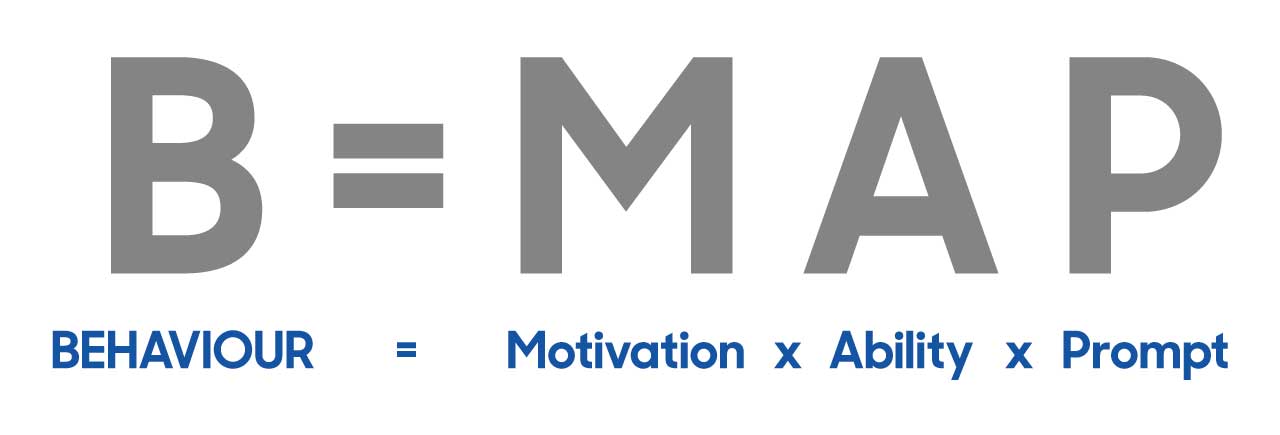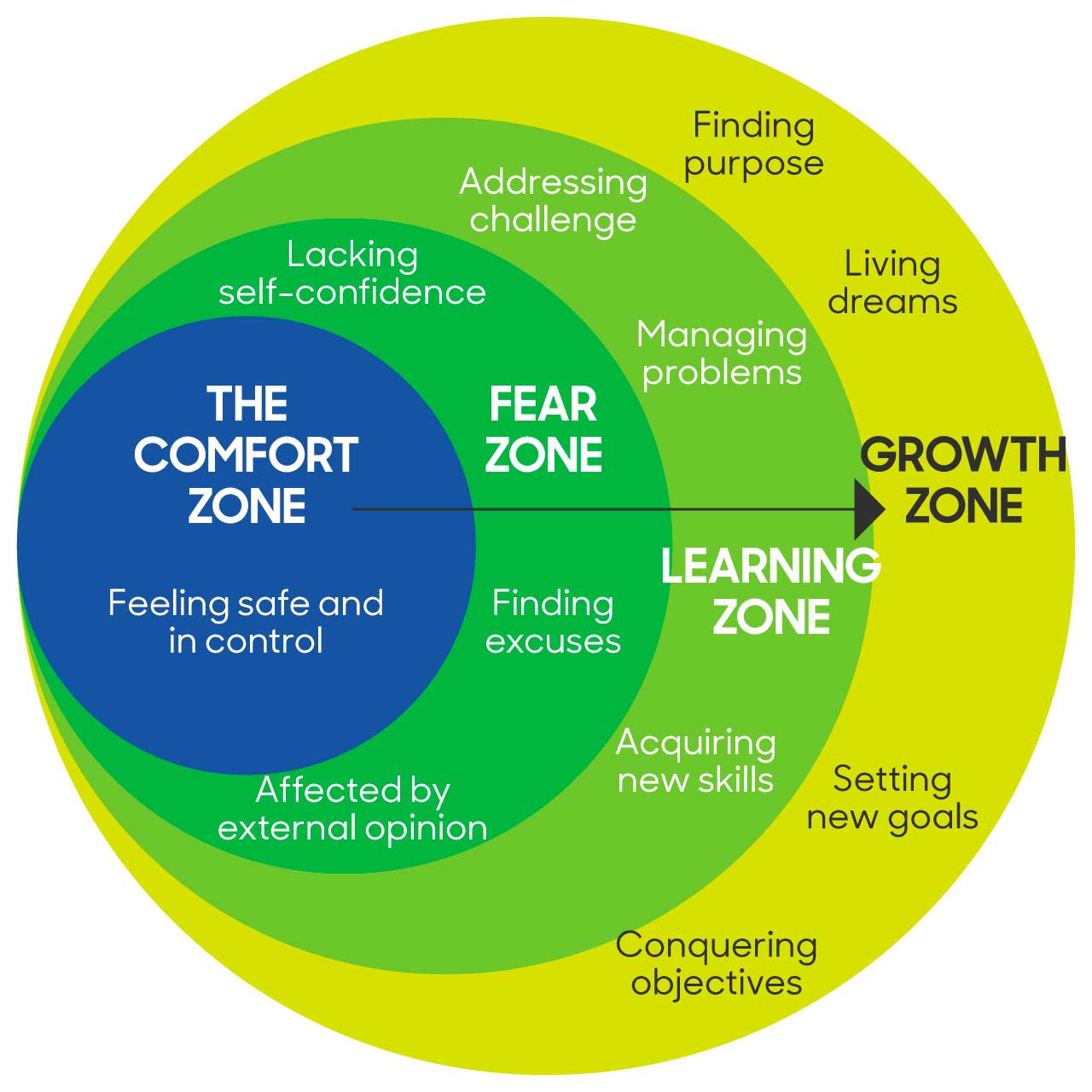Get in touch: nick.mayhew@alembicstrategy.com
"If you look to lead, invest at least 40% of your time managing yourself - your ethics, character, principles, purpose, motivation, and conduct. Invest at least 30% managing those with authority over you, and 15% managing your peers."
Dee Hock, founder of the Visa credit card
The first important teaching I picked up after starting with Alembic is that in order to lead others, we must first learn to lead ourselves. This isn't a complicated sentence, and if you unravel the principle behind it you quickly realise that the learning is actually very simple indeed. In this article I'll cover the following topics:
- Learning how to lead yourself
- Inspiring the best team behaviour
- Creating a compelling vision
- Be emotionally intelligent
- Lead by example and challenge yourself

Learning how to lead yourself
So why is it important to know how to lead yourself? After all, you're going to be leading others for the most part, and they're going to be doing all the doing, right? Well, if you're going to be an effective leader that inspires your team and activates an organisation to get the job done well, you'll know what it is that inspires and activates you.
Exactly the same concept that sits behind motivating your team sits behind motivating you. How often do you revisit your own personal values or ethics, or question what it is that you wish to achieve in life? A tool like 'Now, Where, How' can be incredibly useful in plotting a routemap for personal growth. This is the same model we use at Alembic for developing business strategy.
How to inspire the best team behaviour
The way you lead your team and how others view you as a leader will be determined by your leadership characteristics. By understanding what drives you as a leader, you can begin to better understand what motivates your team. In fact, we can use a model from the digital community which was created by BJ Fogg, a Behaviour Scientist and founder of the Behaviour Design Lab (formerly the Persuasive Technology Lab – Captology) – at Stanford University in California.
Fogg's Behaviour Model is a great way to break down the factors that inspire and activate people to do what they do.

Put simply, Fogg states that Behaviour occurs only when the three elements converge at a moment in time:
- Motivation: your team is sufficiently motivated to engage in the behaviour.
- Ability: your team is able to perform the behaviour.
- Prompt: Your team is prompted at the right time to perform the behaviour.
To summarise, if you have a deep appreciation of what it is that inspires you to do something, a thorough knowledge of your abilities, and how you respond to instruction, you will be better placed to empathise or connect with your people. When coupled with your values, ethics and purpose, you can determine what it is that drives you forwards each day. You might use a tool like 'The 5 Whys' to explore these characteristics, maybe with a coach or a facilitator so you can dig really deep.
This is a critical attribute for leaders and a key stage in learning to lead yourself first. Put simply, if you don't know your own direction, how can you lead others toward theirs?
The importance of vision for leaders
The previous point on understanding team behaviour leads us neatly on to the next - the importance of vision for leaders. To have great vision is to possess a magnetic quality. A leader with great vision can be incredibly appealing to others as such optimism is hard to ignore by potentially all the stakeholders in an organisation. Provided that this vision is rooted in reality and is achievable of course, even if that might seem a stretch for the team.
As a leader, it is the ability to develop your vision with enthusiasm but temper it so as not to appear unrealistic and careless. This calls on you to adopt several qualities:
- To be creative and imaginative but practical
- To articulate succinctly but with detail and clarity
- To inspire and motivate whilst retaining realism
Vision is a quality that has the power to attract followers and rouse their spirits in a common purpose. Used appropriately, with the correct delivery and at the right time, understanding and articulating vision is a powerful component of any leaders toolkit.
Be emotionally intelligent
How often do you think about your own feelings, how you actually feel? Do you recognise when your emotions are increased, and what are they? What do they mean?
When you possess the ability to recognise emotional strengths - and weaknesses - you are equipped with a special skill in being able to recognise the same in others. This is particularly useful for leaders in that it enables you to connect in a hugely more meaningful way than those who do not have emotional intelligence. It can be beneficial in a number of ways, including:
- Greater connection with your own and others feelings
- You're able to pause, consider a response, then reply
- Better placed to process and react to positively to criticism
- Increased control over your mental processing
- Able to demonstrate emotional connection
An added advantage of the emotionally intelligent, self-aware leader is to have an extra layer of protection. Through heightened understanding of yourself, you become the owner of a type of emotional security mechanism that is able to detect potential conflict or even rogue personal agendas.
Put simply, emotional intelligence enables you to tune in to your own emotions, process input and output, and be able to more easily recognise the same emotional experiences of those you communicate with. This is a core skill that defines someone who is simply a boss from a highly effective leader of people.
Lead by example and challenge yourself
Ask yourself, how often do you put yourself to the test with a project - occasionally, regularly, or never? And how do you respond to the challenge? I've always carried a saying around with me that was told to me by a senior manager I once worked with:
"We do our best work and grow in uncomfortable spaces."
By putting yourself to the test with a difficult goal, you demonstrate the need - and the ensuing benefits - of rising to a challenge as a leader. From a position of understanding what it's like to be faced with a hard objective, not only are you are better placed to empathise with your colleagues, but also to grow and develop alongside them.
It's so easy to exist in the 'comfort zone', but this is not a place of development and growth. If I consider some of the most painful criticism I've received, regardless of how harsh the detail and difficult it was to take at the time, it's what I go back to most frequently. In fact, some have almost become a benchmark that I'll use to measure my effort level now. Push out and do your best work in the more challenging 'growth zone'!
To summarise
Many people move into leadership roles with predetermined ideas of what the position will entail. The reality of the position rarely matches the earlier assumptions of the task they've taken on. To be better equipped to deal with the difficulties presented by a C-suite position, leaders must first learn how to lead themselves.
Only when you know your strengths, what drives you forwards, and how you would respond to your own leadership style, can you begin to understand what it will be like on the receiving end by the teams you manage.






